Home>Garden Essentials>How To Plant Artificial Grass Carpet
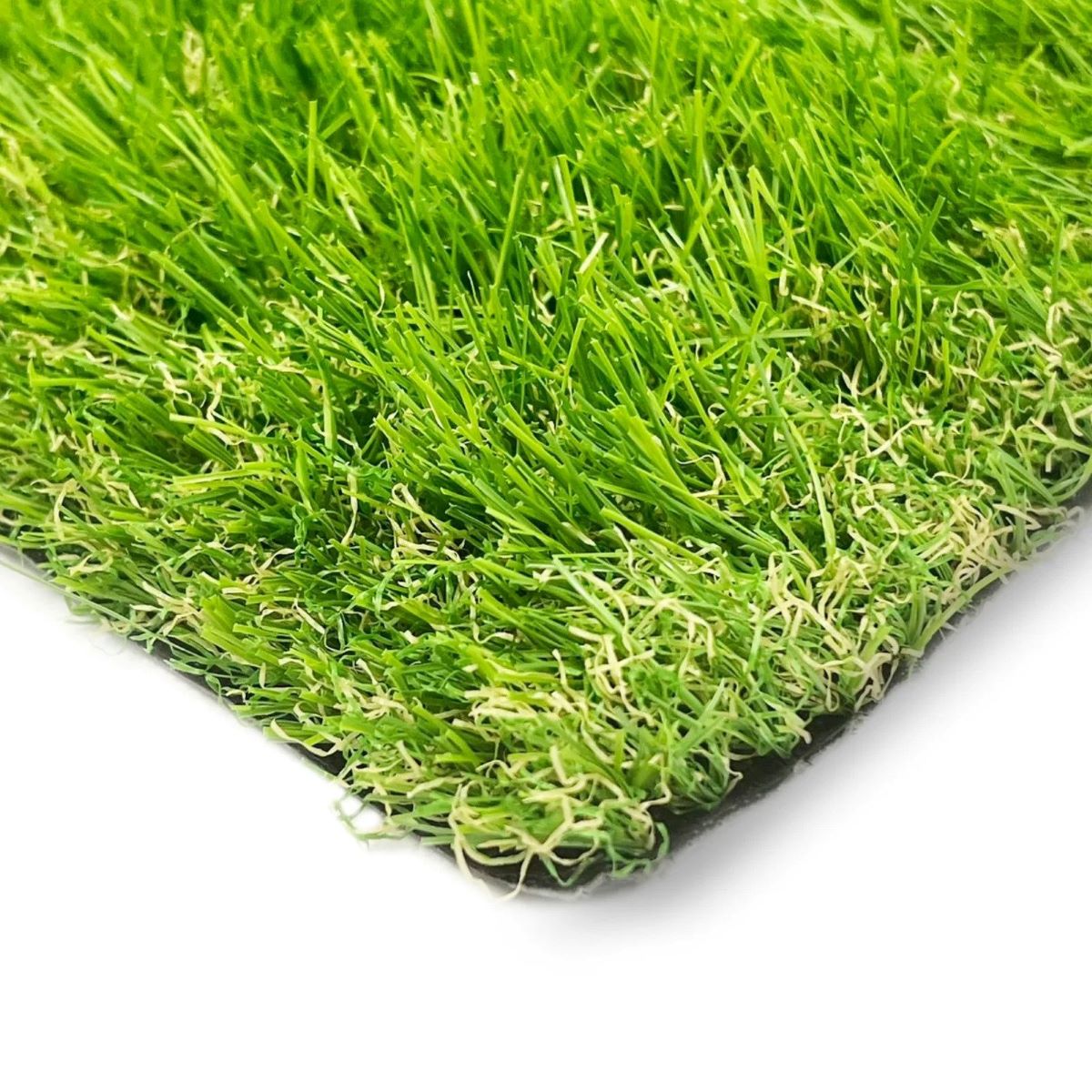

Garden Essentials
How To Plant Artificial Grass Carpet
Modified: October 19, 2024
Discover the easiest way to transform your garden with artificial grass carpet. Learn how to plant it step by step and enjoy a maintenance-free and lush green space.
(Many of the links in this article redirect to a specific reviewed product. Your purchase of these products through affiliate links helps to generate commission for Storables.com, at no extra cost. Learn more)
Introduction
Welcome to our comprehensive guide on how to plant artificial grass carpet. If you’re tired of mowing, watering, and dealing with the upkeep of a natural lawn, then artificial grass can be the perfect solution for you. Not only does it require minimal maintenance, but it also provides a lush and green landscape all year round.
Artificial grass, also known as synthetic turf or fake grass, has come a long way in terms of its appearance and durability. With its advancements in technology, it now closely resembles the look and feel of real grass, making it a popular choice for homeowners and businesses alike.
In this guide, we will walk you through the step-by-step process of planting artificial grass carpet. Whether you’re starting from scratch or looking to replace your existing lawn, this guide has got you covered. So, let’s get started!
Key Takeaways:
- Say goodbye to the hassle of mowing and watering with artificial grass. Follow our guide for a lush, low-maintenance lawn that stays green all year round!
- Keep your artificial grass looking fresh with regular cleaning, brushing, and prompt stain treatment. Enjoy a vibrant, hassle-free lawn for years to come!
Read more: How To Use Grass Carpet
Step 1: Preparing the Area
Before you begin installing the artificial grass carpet, it’s vital to prepare the area properly. Here’s what you need to do:
- Measure and Mark: Start by measuring the area where you want to install the artificial grass. Mark the boundaries using stakes and string to create a clear outline. This will help you determine the exact amount of artificial grass you’ll need to cover the area.
- Clear the Area: Remove any existing vegetation, rocks, or debris from the marked area. This includes digging out any plants or shrubs that are present. Ensure the area is clean, smooth, and free from any obstacles that could impact the installation process.
- Address Drainage: Proper drainage is crucial to prevent water from pooling on your artificial grass. If your lawn has drainage issues, consider installing a drainage system or making necessary adjustments to ensure proper water flow.
- Address Weed Control: To prevent weed growth under your artificial grass carpet, it’s essential to address weed control. You can use a weed barrier fabric or apply a weed killer to the ground surface before laying the base layer. This will help inhibit the growth of any weeds or unwanted plants.
By thoroughly preparing the area, you’ll set a solid foundation for the installation of your artificial grass carpet. Taking the time to properly measure, clear, address drainage, and control weeds will ensure a seamless and long-lasting result.
Step 2: Clearing and Leveling the Ground
Once you have prepared the area, the next step in planting artificial grass carpet is to clear and level the ground. This ensures a smooth and even surface for the installation. Here’s what you need to do:
- Remove Existing Vegetation: Use a shovel or a sod cutter to remove any remaining grass or vegetation from the area. This will create a clean slate for your artificial grass installation.
- Break Up the Soil: If the ground is compacted or uneven, use a garden fork or a rototiller to break up the soil. This will help loosen the dirt and improve drainage.
- Level the Ground: Use a rake or a leveling tool to smooth out the surface and create a level base for your artificial grass. Pay attention to any low or high spots and make adjustments accordingly. A level surface is essential for proper water drainage and a seamless installation.
- Compact the Soil: After leveling the ground, use a water-filled lawn roller or a plate compactor to compact the soil. This will help create a solid and stable surface.
Clearing and leveling the ground is a crucial step in the installation process. By removing existing vegetation, breaking up the soil, leveling the ground, and compacting it, you’ll ensure a firm foundation for your artificial grass carpet. This will help promote proper water drainage and enhance the overall longevity and performance of your artificial lawn.
Step 3: Installing a Weed Barrier
To prevent weed growth and ensure a maintenance-free artificial grass carpet, it’s essential to install a weed barrier. Here’s how you can do it:
- Cut the Weed Barrier: Measure the dimensions of your area and cut the weed barrier material accordingly. Ensure that it covers the entire area and overlaps the edges by a few inches.
- Lay the Weed Barrier: Place the weed barrier over the prepared and leveled ground, covering the entire area. Smooth out any wrinkles or folds to ensure a tight and even surface.
- Secure the Edges: Use landscaping staples or nails to secure the edges of the weed barrier to the ground. This will prevent it from shifting or moving during the installation process.
- Trim Excess Material: If there is any excess weed barrier material sticking out, trim it using a utility knife or scissors. This will give your installation a neat and professional appearance.
Installing a weed barrier is crucial in preventing weed growth and maintaining the pristine look of your artificial grass carpet. It acts as a barrier that inhibits weeds from penetrating the surface, ensuring a weed-free and low-maintenance lawn. By taking the time to properly install a weed barrier, you’ll enjoy a beautiful and hassle-free artificial lawn for years to come.
Step 4: Adding a Base Layer
Once the weed barrier is in place, it’s time to add a base layer that will provide stability and support for your artificial grass carpet. Here’s what you need to do:
- Select the Base Material: Choose a suitable base material for your artificial grass installation. Common options include crushed stone, decomposed granite, or a specially designed artificial grass base. Consult with your local landscaping supplier to determine the best choice for your specific needs.
- Distribute the Base Material: Spread the selected base material evenly over the area, making sure there is a consistent layer of about 2-3 inches in depth. Use a rake or a shovel to distribute the base material and smooth out any uneven spots.
- Compact the Base Layer: Use a compactor or a water-filled lawn roller to compact the base layer. This will create a solid and stable foundation for your artificial grass carpet. Ensure that the base layer is thoroughly compacted to avoid any future sinking or shifting.
- Check for Proper Drainage: After compacting the base layer, check for proper water drainage. This can be done by pouring water over the surface and observing if it drains away. If there are any issues with water pooling or slow drainage, make the necessary adjustments to improve the flow.
Adding a base layer provides stability to your artificial grass carpet and helps prevent uneven surfaces. The base layer also serves as a drainage system, ensuring that water flows away efficiently. By taking the time to properly add a base layer, you’ll create a solid foundation for your artificial grass carpet installation.
Read more: What Kind Of Plants To Plant For Drainage
Step 5: Rolling Out the Artificial Grass Carpet
Now that the base layer is in place, it’s time to roll out the artificial grass carpet. Follow these steps to ensure a smooth and successful installation:
- Unroll the Artificial Grass: Carefully unroll the artificial grass carpet over the prepared area. Start from one side and work your way across, making sure the edges are aligned with the designated boundaries.
- Trim Excess Material: If the artificial grass carpet is larger than the designated area, use a utility knife or scissors to trim off the excess material. Make clean and precise cuts to achieve a neat and professional result.
- Position and Adjust: Once the artificial grass carpet is unrolled, position it to your desired placement. Smooth out any wrinkles or folds and make any necessary adjustments to ensure proper alignment and a seamless appearance.
- Join Multiple Pieces: If you need to join multiple pieces of artificial grass together, use artificial grass seaming tape and adhesive. Follow the manufacturer’s instructions to create a strong and secure bond between the pieces.
- Secure the Edges: To keep the artificial grass carpet in place, use landscaping staples or nails to secure the edges. Place them approximately every 6-8 inches along the perimeter. This will prevent the carpet from shifting during use and enhance its overall stability.
Rolling out the artificial grass carpet is a crucial step that sets the foundation for the final result. Make sure to handle the carpet with care to avoid any damage or misalignment. By taking the time to properly position, trim, and secure the carpet, you’ll achieve a flawless and professional-looking artificial grass installation.
When planting artificial grass carpet, make sure to properly prepare the area by removing any existing grass and debris, and then install a weed barrier to prevent weed growth. This will ensure a smooth and long-lasting surface for your artificial grass.
Step 6: Trimming and Securing the Edges
With the artificial grass carpet rolled out, it’s time to trim and secure the edges to give your installation a polished and finished look. Follow these steps:
- Trim the Edges: Use a utility knife or a specialized turf cutter to trim the excess edges of the artificial grass carpet. Make clean and straight cuts, following the shape of your designated area. Take your time and pay attention to detail to achieve a professional finish.
- Secure the Edges: Along with securing the edges during installation, it’s important to provide additional reinforcement. Use landscaping spikes or synthetic turf nails to secure the edges of the artificial grass carpet. Place the spikes or nails approximately every 6-8 inches, ensuring they penetrate the base layer and provide stability.
- Seam and Secure Seams: If there are multiple pieces of artificial grass, ensure the seams are properly joined. Use artificial grass seaming tape and adhesive to create a seamless and secure connection. Follow the manufacturer’s instructions to achieve a strong bond between the sections.
- Brush and Fluff: After trimming and securing the edges, use a stiff brush or a power broom to brush and fluff the artificial grass fibers. This helps to enhance its natural appearance and distribute the infill material evenly. Brushing will also help to straighten any fibers that may have been flattened during installation.
Trimming and securing the edges of the artificial grass carpet adds the final touch to your installation. By providing a clean and neat finish, you’ll achieve a professional-looking artificial lawn that seamlessly blends into your landscape.
Step 7: Adding Infill Material
Adding infill material is an important step in the installation process of artificial grass carpet. Infill material helps to provide support, stability, and cushioning to the turf fibers. Follow these steps to properly add infill material:
- Choose the Right Infill: Select the appropriate infill material for your artificial grass. Common options include silica sand, rubber granules, or a combination of both. Consider factors such as the intended use of the turf and your personal preferences when choosing the infill material.
- Distribute the Infill: Use a spreader or a shovel to distribute the infill material evenly over the artificial grass carpet. Make sure to apply a sufficient amount to achieve the desired depth and coverage. The recommended infill depth will depend on the specific type and height of your artificial grass.
- Brush and Incorporate: After spreading the infill material, use a stiff brush or a power broom to brush the fibers and incorporate the infill. This helps to evenly distribute the infill material throughout the carpet and ensure proper coverage.
- Add Infill Gradually: It’s important to add the infill material gradually and incrementally. This allows you to monitor and control the amount of infill being applied. Avoid overfilling, which could lead to a heavy or unnatural appearance of the artificial grass.
Adding infill material to your artificial grass carpet plays a crucial role in enhancing the performance and longevity of the turf. It helps to improve the stability, resilience, and durability of the grass, making it more suitable for various activities and reducing the risk of injuries. By following proper techniques for applying infill, you’ll ensure that your artificial lawn looks and performs its best.
Step 8: Brushing and Fluffing the Grass
Brushing and fluffing the artificial grass is an important step to maintain its appearance, resilience, and functionality. Regular brushing helps to distribute the infill material evenly, restore the grass fibers’ upright position, and enhance the overall aesthetic appeal. Follow these steps to properly brush and fluff the grass:
- Choose the Right Brush: Select a brush specifically designed for synthetic turf. Common options include a stiff-bristle brush or a power broom. Ensure that the brush’s bristles are not too harsh to avoid damaging the grass fibers.
- Brush Against the Grain: Start by brushing against the grain of the grass fibers. This helps to lift and separate any flattened or matted areas. Work in small sections, using gentle but firm strokes to restore the natural appearance of the grass.
- Brush with the Grain: After brushing against the grain, switch to brushing with the grain of the grass fibers. This helps to straighten and align the fibers, giving a more uniform and balanced look to the artificial grass surface.
- Focus on High-Traffic Areas: Pay particular attention to high-traffic areas such as walkways or play areas. These areas may require more frequent brushing to keep the grass fibers upright and prevent matting or flattening.
- Adjust the Infill: While brushing, keep an eye on the infill material. If you notice any areas where the infill is depleted, use a rake or a spreader to add more infill material. This helps to maintain the desired level of cushioning and stability.
Regularly brushing and fluffing the artificial grass carpet helps to preserve its aesthetic appeal and functionality. It prevents the fibers from becoming matted or flattened, enhances its natural look, and ensures optimal performance. By incorporating brushing into your regular maintenance routine, you’ll keep your artificial grass looking fresh, vibrant, and inviting for years to come.
Read more: How To Make Hair Grass Carpet
Step 9: Maintaining and Caring for Your Artificial Grass Carpet
Proper maintenance and care are essential to ensure the longevity and pristine appearance of your artificial grass carpet. Follow these steps to keep your artificial lawn looking its best:
- Regular Cleaning: Remove any debris, leaves, or pet waste from the surface of the grass. Use a leaf blower, a broom, or a gentle hose spray to clean the area regularly. This prevents the accumulation of dirt and maintains the fresh and vibrant look of the grass.
- Address Stains and Spills: Treat any stains or spills promptly to prevent them from setting into the grass fibers. Use a mild detergent mixed with water to gently clean the affected area. Rinse thoroughly and allow it to air dry.
- Manage Pet Waste: If you have pets, promptly remove any solid waste from the grass surface and rinse the area with water. Consider using pet-friendly artificial grass cleaners to eliminate any odors and maintain a fresh and clean environment.
- Regular Brushing: Continue regular brushing and fluffing of the grass to keep the fibers upright and prevent matting. This helps to maintain the natural look and feel of the grass. Pay extra attention to high-traffic areas and areas prone to heavy use.
- Inspect for Damages: Periodically inspect the artificial grass carpet for any damages such as tears, loose seams, or worn-out areas. If you notice any issues, address them promptly to prevent further damage and ensure the longevity of your artificial lawn.
- Limit Exposure to Heat: Artificial grass can become hot when exposed to direct sunlight for prolonged periods. To prevent damage to the grass fibers, limit activities on the lawn during the hottest times of the day. You can also use shade structures or water the grass to cool it down.
- Schedule Professional Maintenance: Consider scheduling professional maintenance at least once a year to assess the condition of your artificial grass carpet and address any necessary repairs or improvements. Professionals can provide specialized cleaning and grooming services to keep your lawn in top shape.
By following these maintenance steps, you can ensure that your artificial grass carpet remains vibrant, clean, and long-lasting. Regular cleaning, prompt stain treatment, brushing, and addressing any damages will help to maintain the appearance and functionality of your artificial lawn for many years to come.
Conclusion
Congratulations! You have successfully learned how to plant artificial grass carpet. By following the step-by-step process outlined in this guide, you have transformed your space into a low-maintenance, lush, and evergreen landscape. Artificial grass offers a practical and visually appealing alternative to natural grass, saving you time and effort on maintenance while providing year-round beauty.
Throughout the installation process, you learned how to properly prepare the area, clear and level the ground, install a weed barrier, add a base layer, roll out the artificial grass carpet, trim and secure the edges, and apply infill material. These steps are crucial to achieving a professional-looking and long-lasting artificial grass installation.
Now that your artificial grass carpet is in place, proper maintenance and care are key to preserving its aesthetic appeal and functionality. Regular cleaning, prompt stain treatment, brushing, and routine inspections will help keep your artificial lawn looking fresh and vibrant for years to come.
Remember, although artificial grass requires less maintenance than natural grass, it still requires some attention to ensure its longevity. By following the maintenance tips and scheduling professional maintenance as needed, you can enjoy your artificial grass carpet for many years without worry.
Whether you have installed artificial grass in your backyard, front yard, or commercial space, you have made a smart investment. Enjoy the beauty of a green, pristine lawn without the hassle of mowing, watering, and constant upkeep. Sit back, relax, and revel in the beauty of your new artificial grass carpet!
Frequently Asked Questions about How To Plant Artificial Grass Carpet
Was this page helpful?
At Storables.com, we guarantee accurate and reliable information. Our content, validated by Expert Board Contributors, is crafted following stringent Editorial Policies. We're committed to providing you with well-researched, expert-backed insights for all your informational needs.

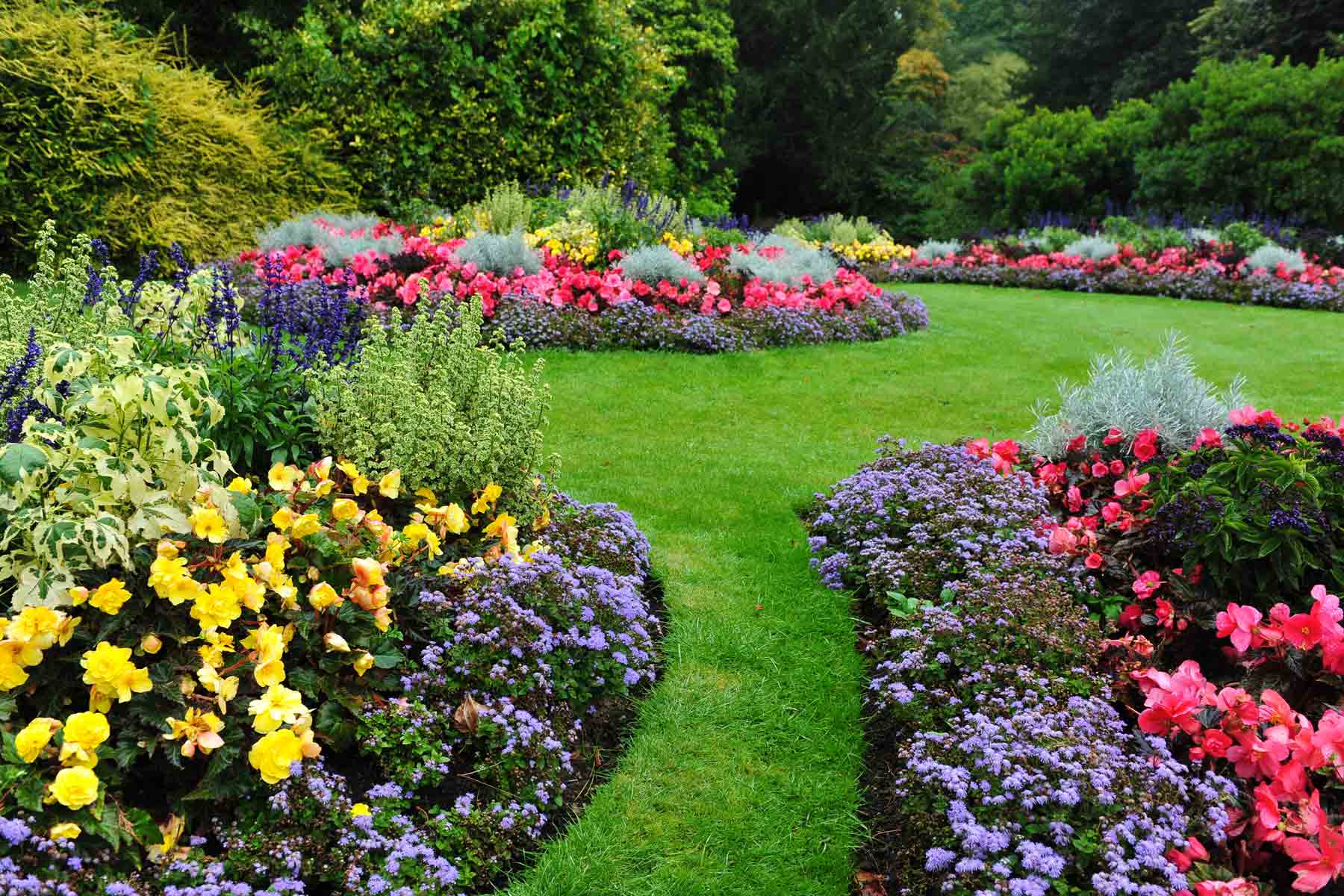
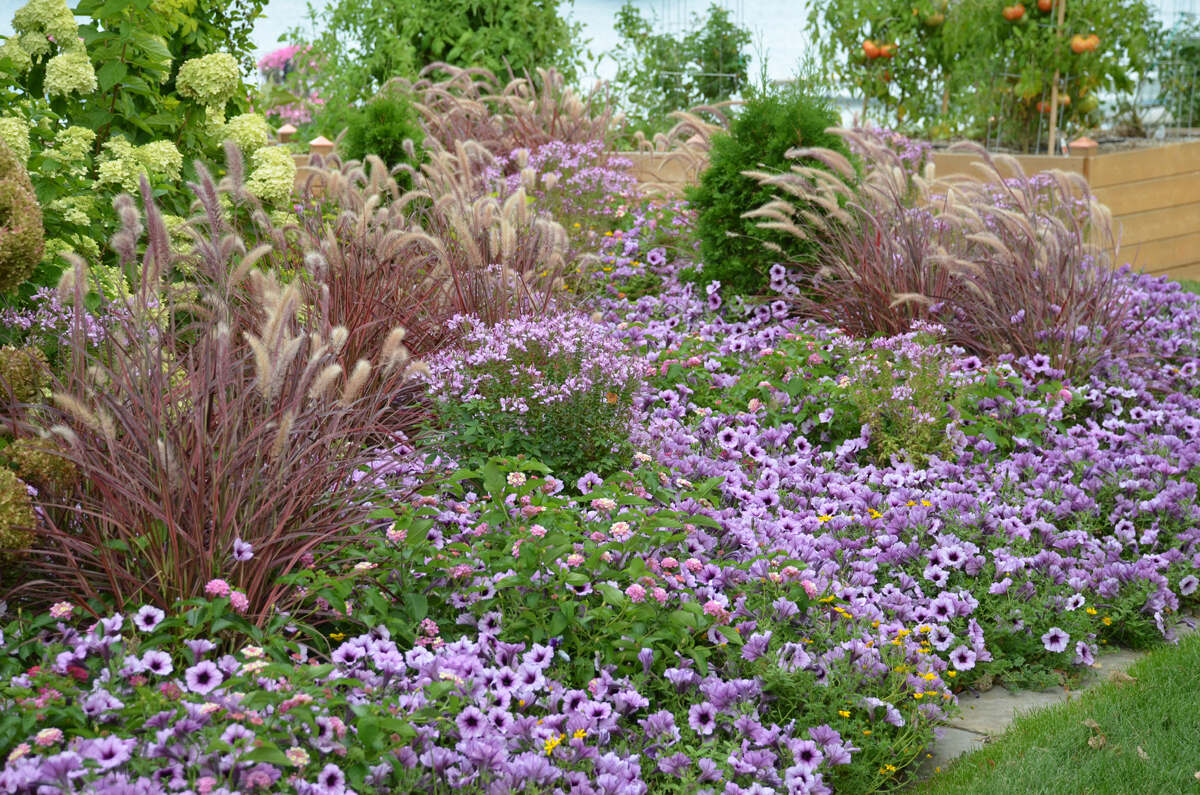
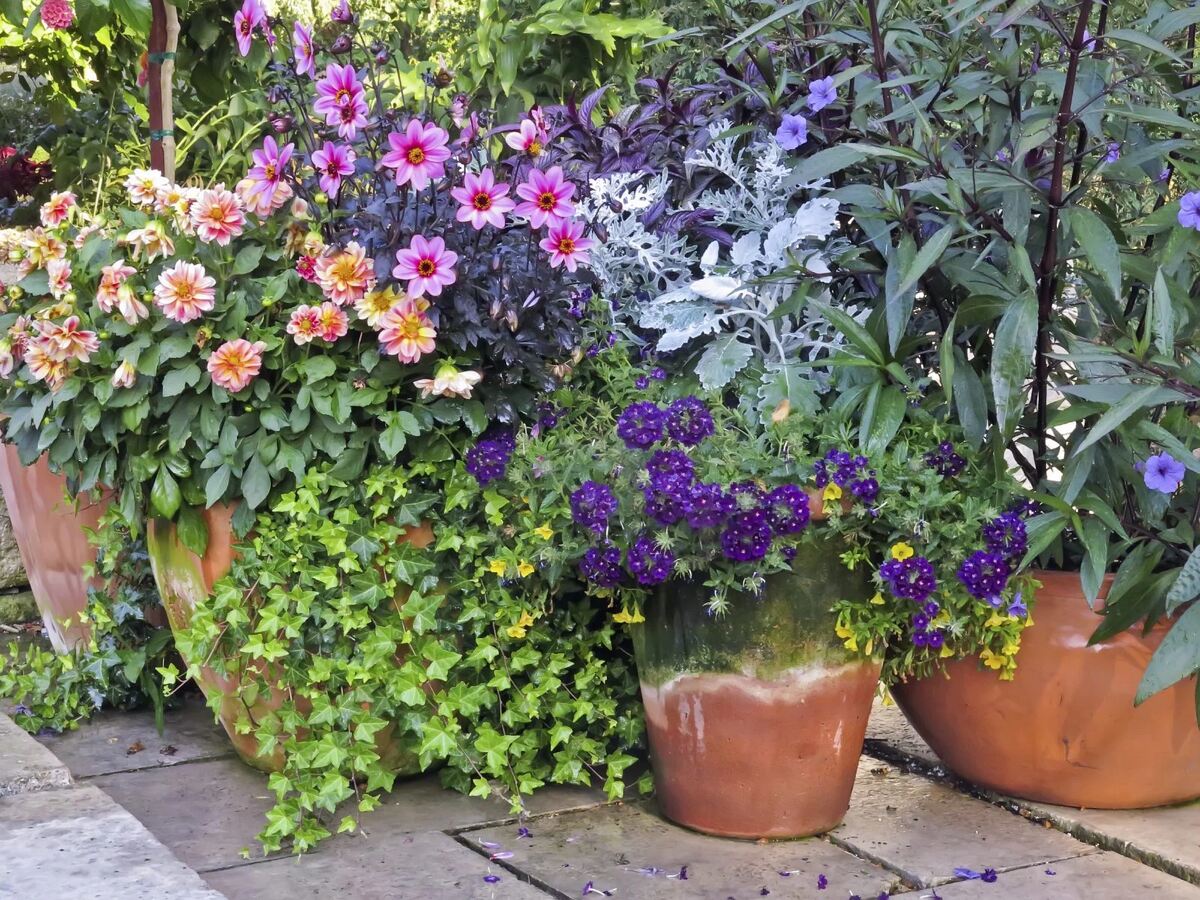
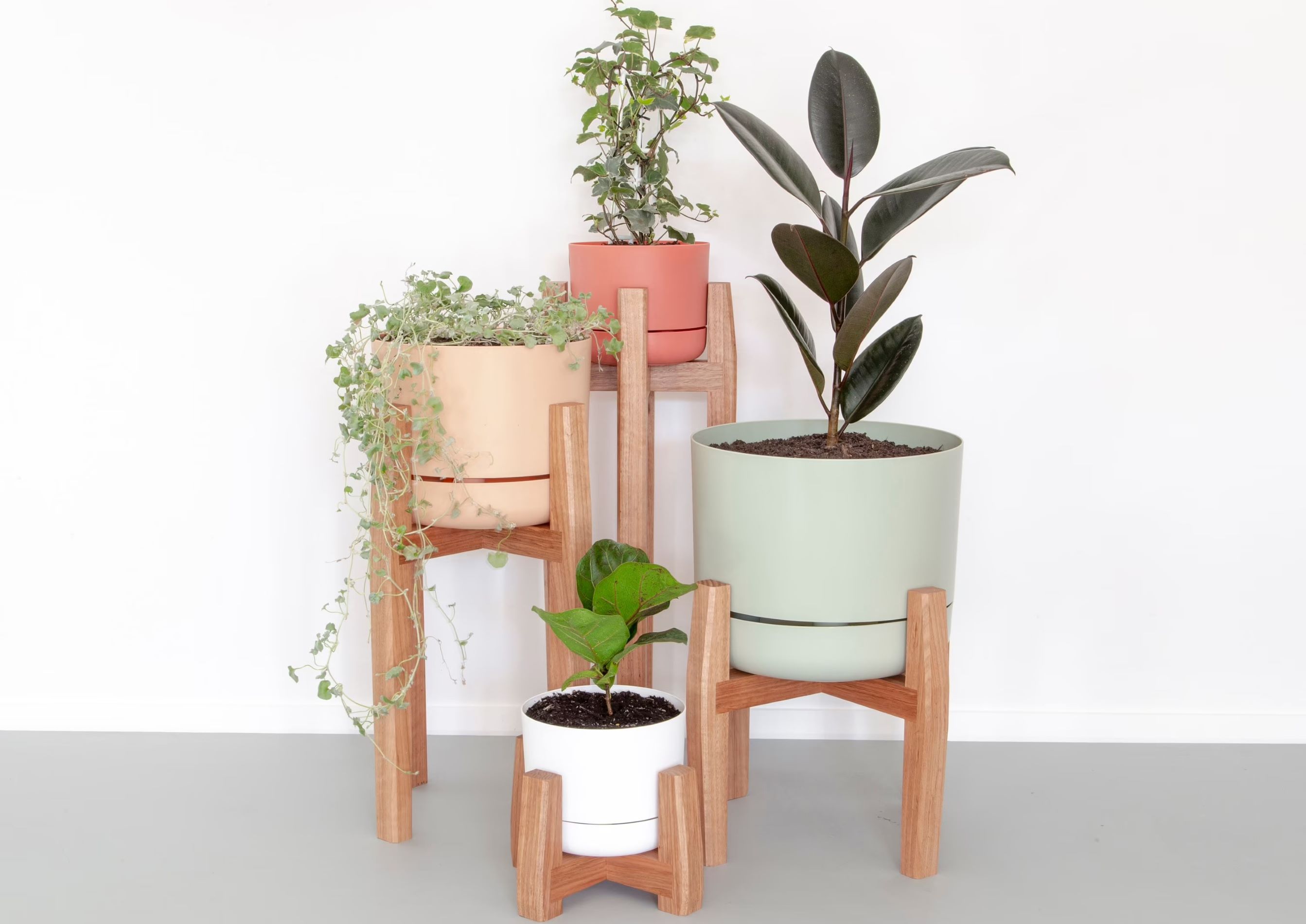
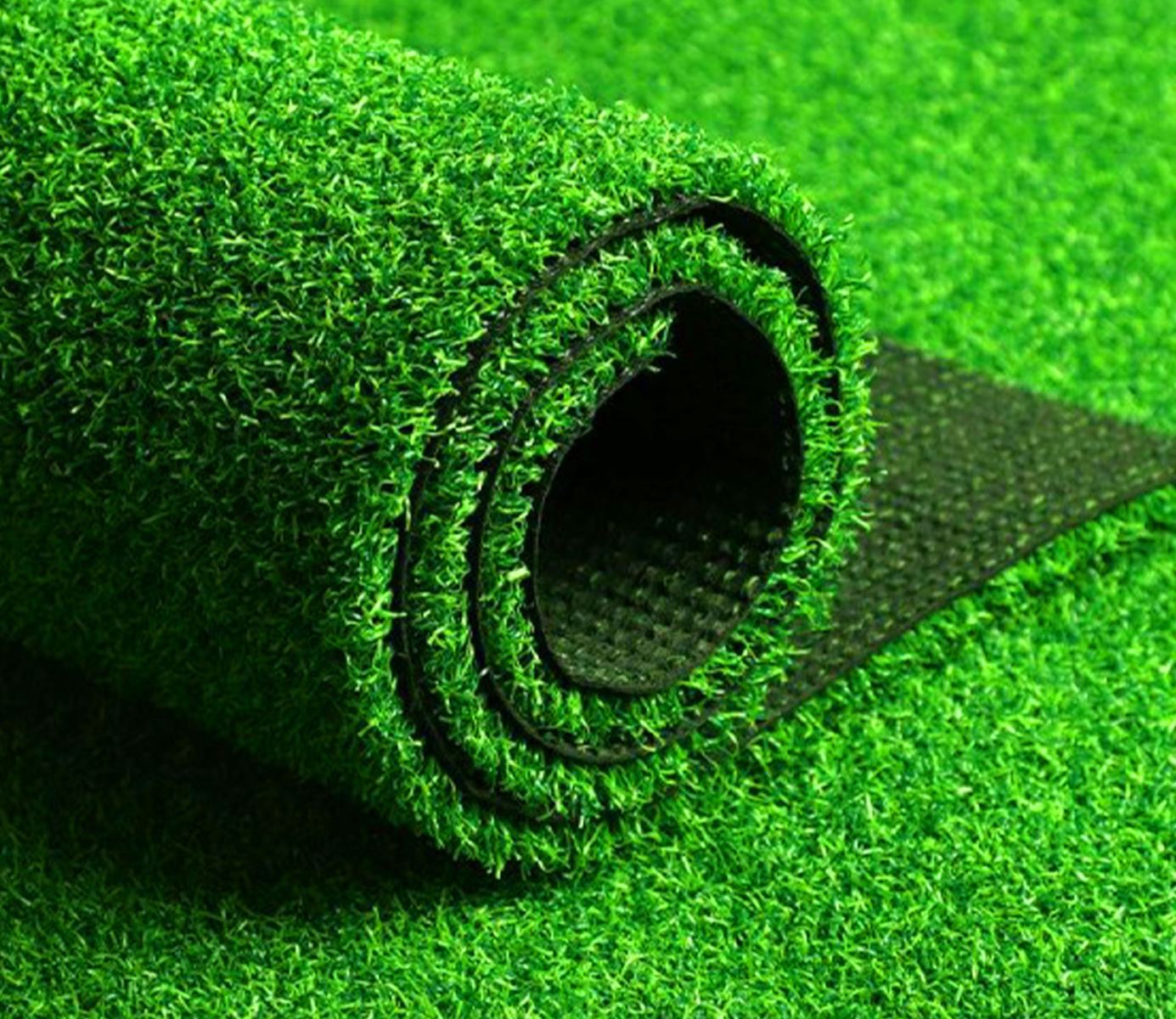
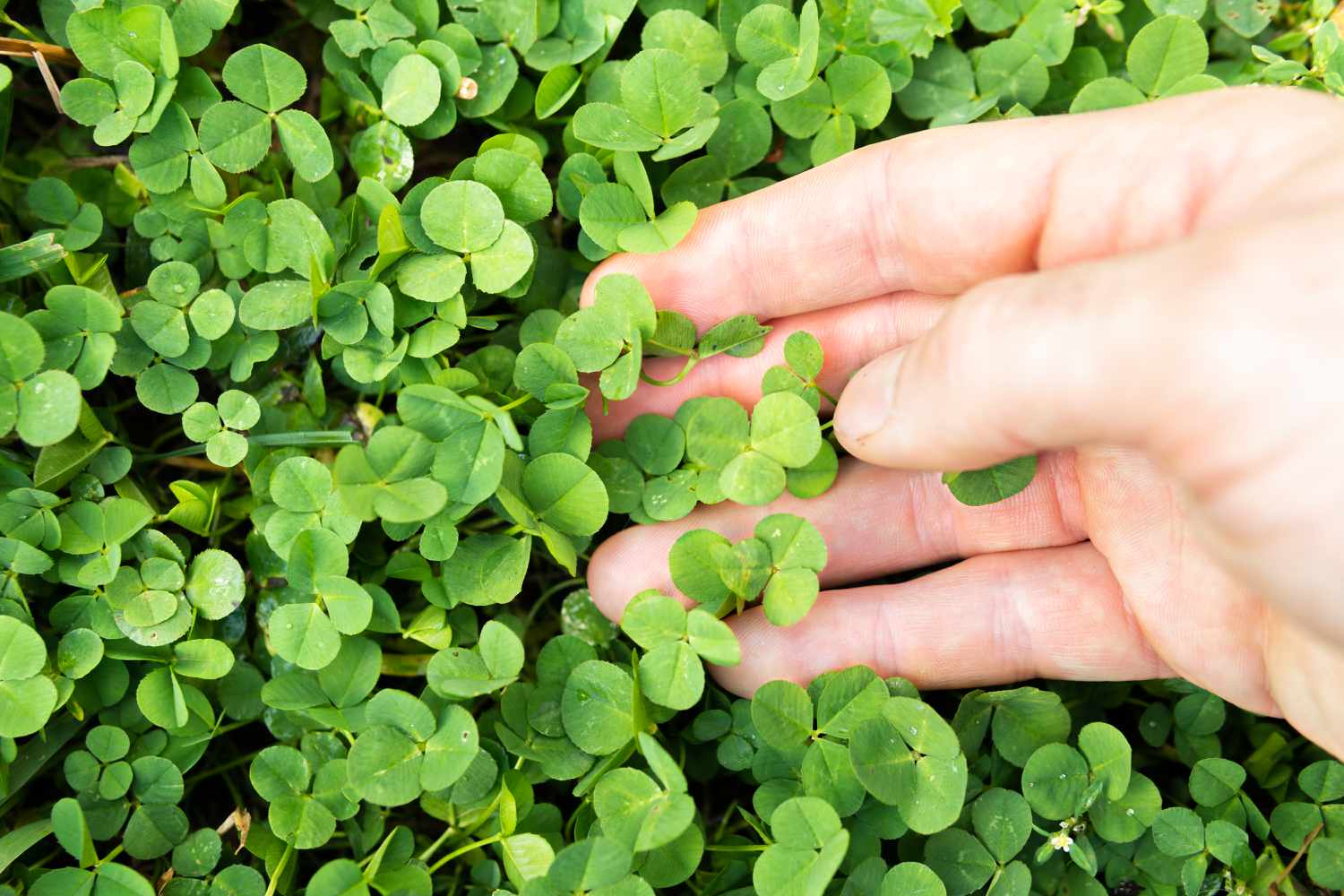
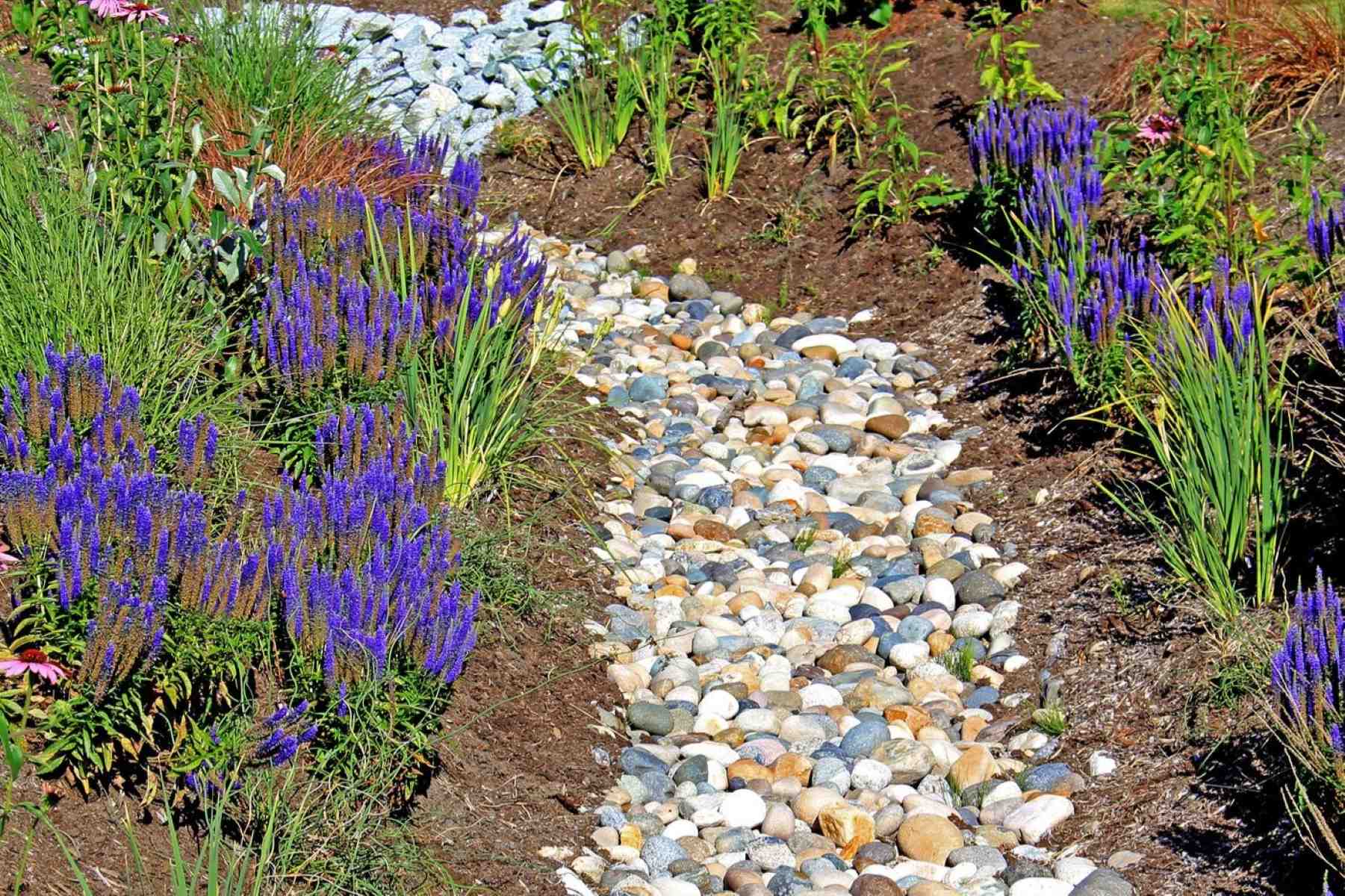
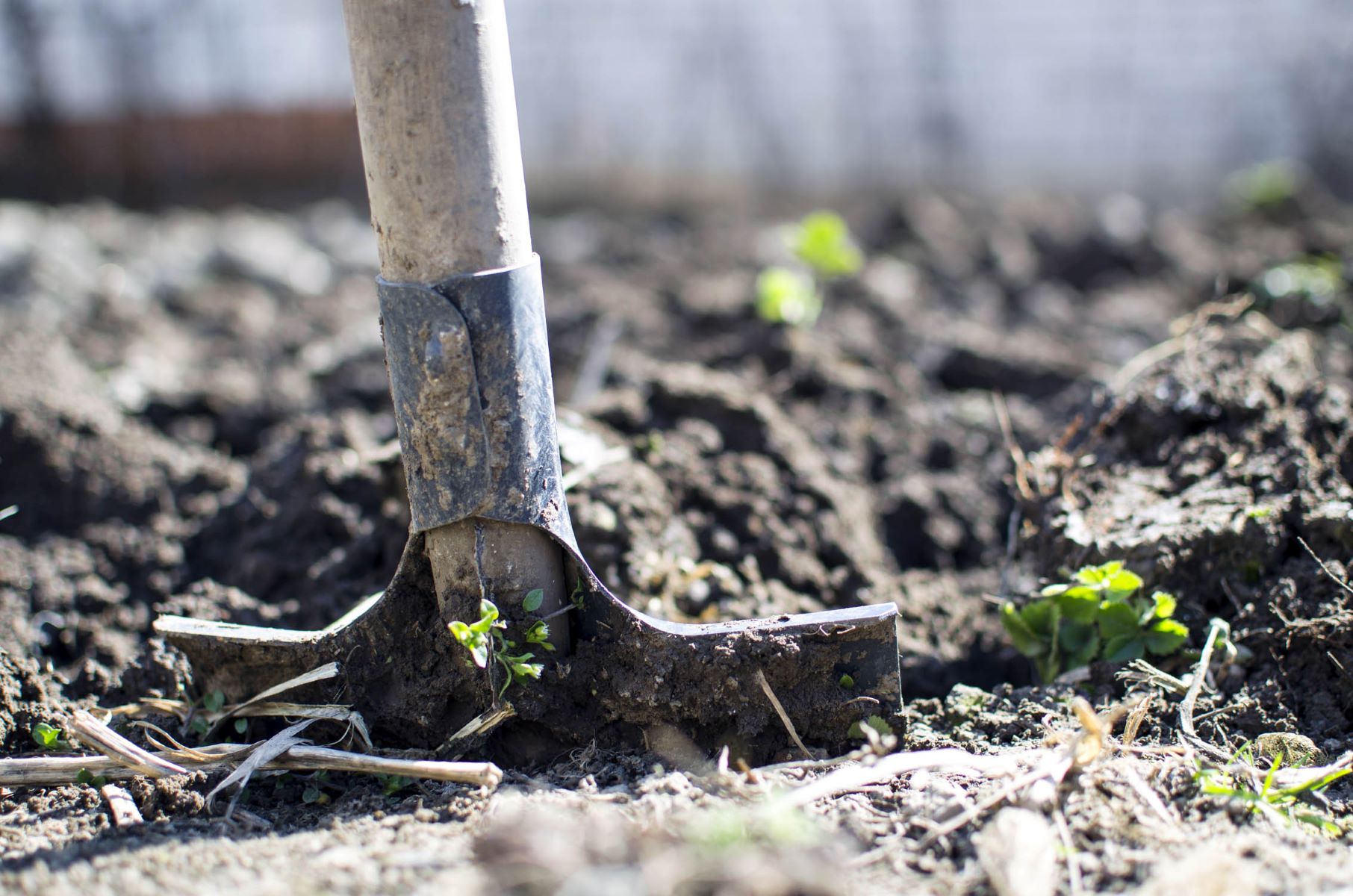
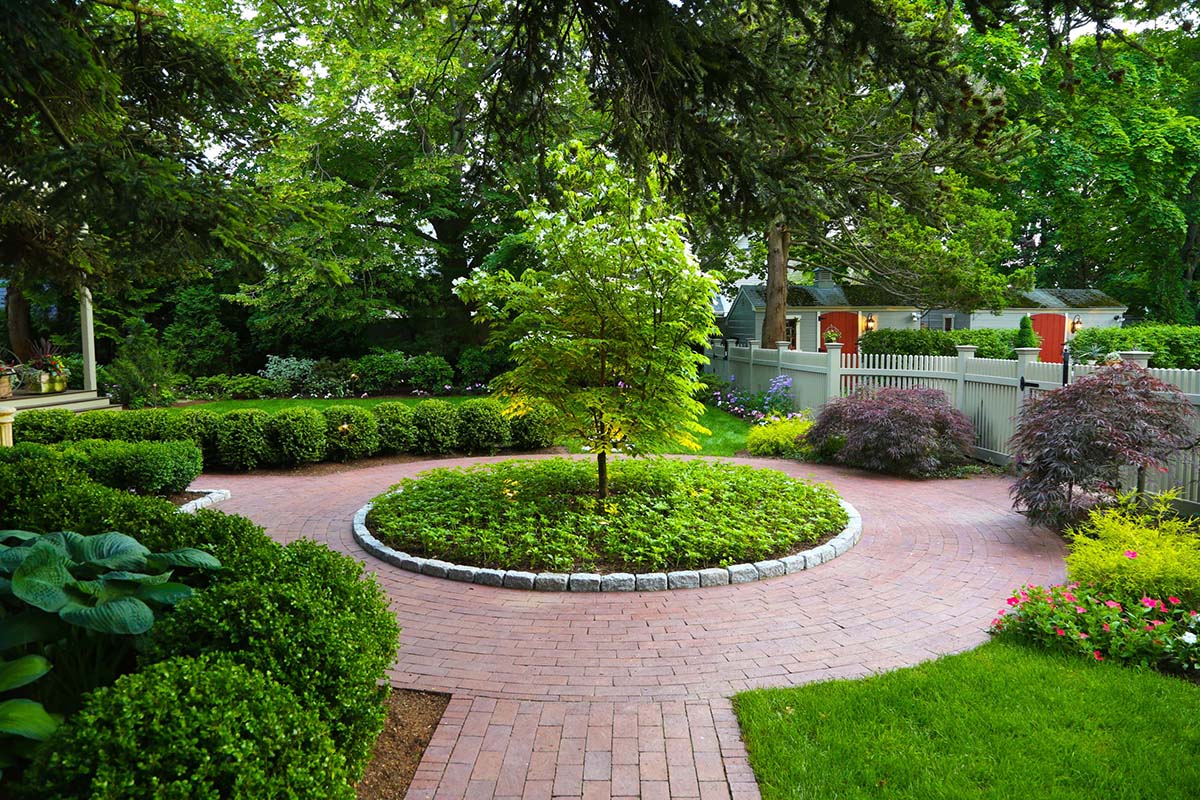
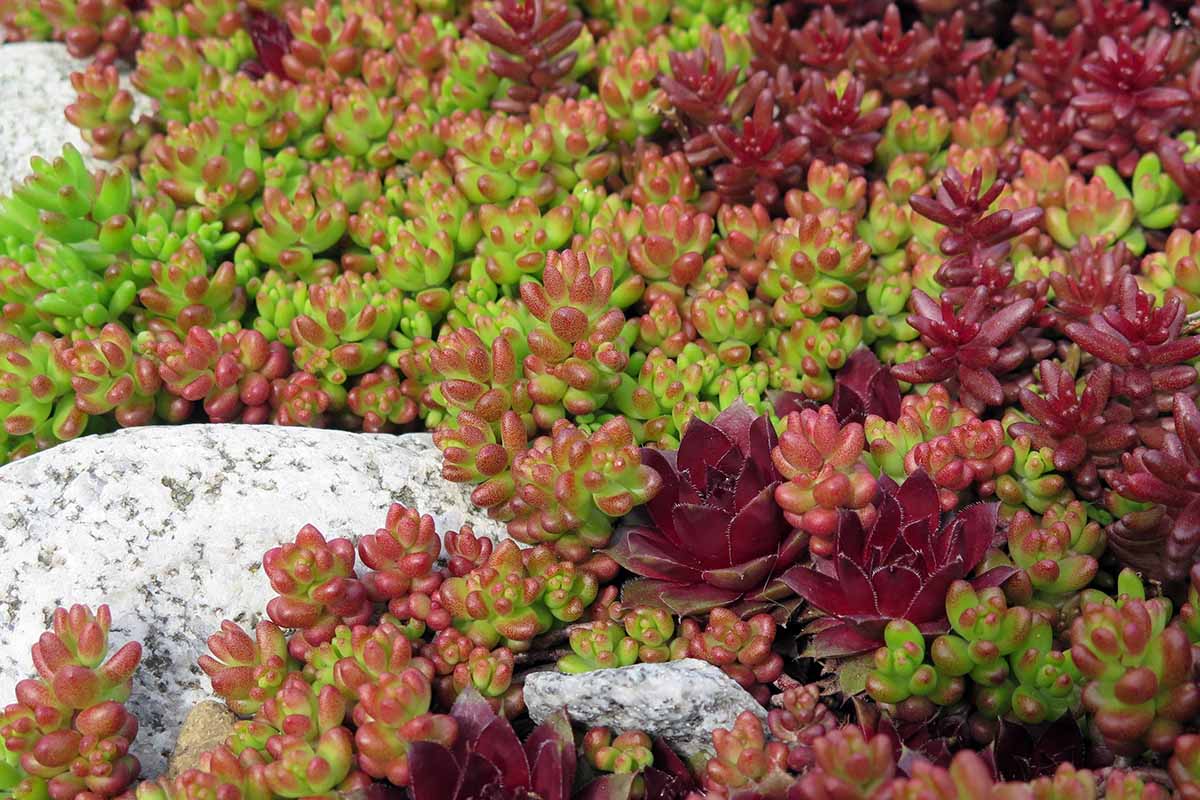
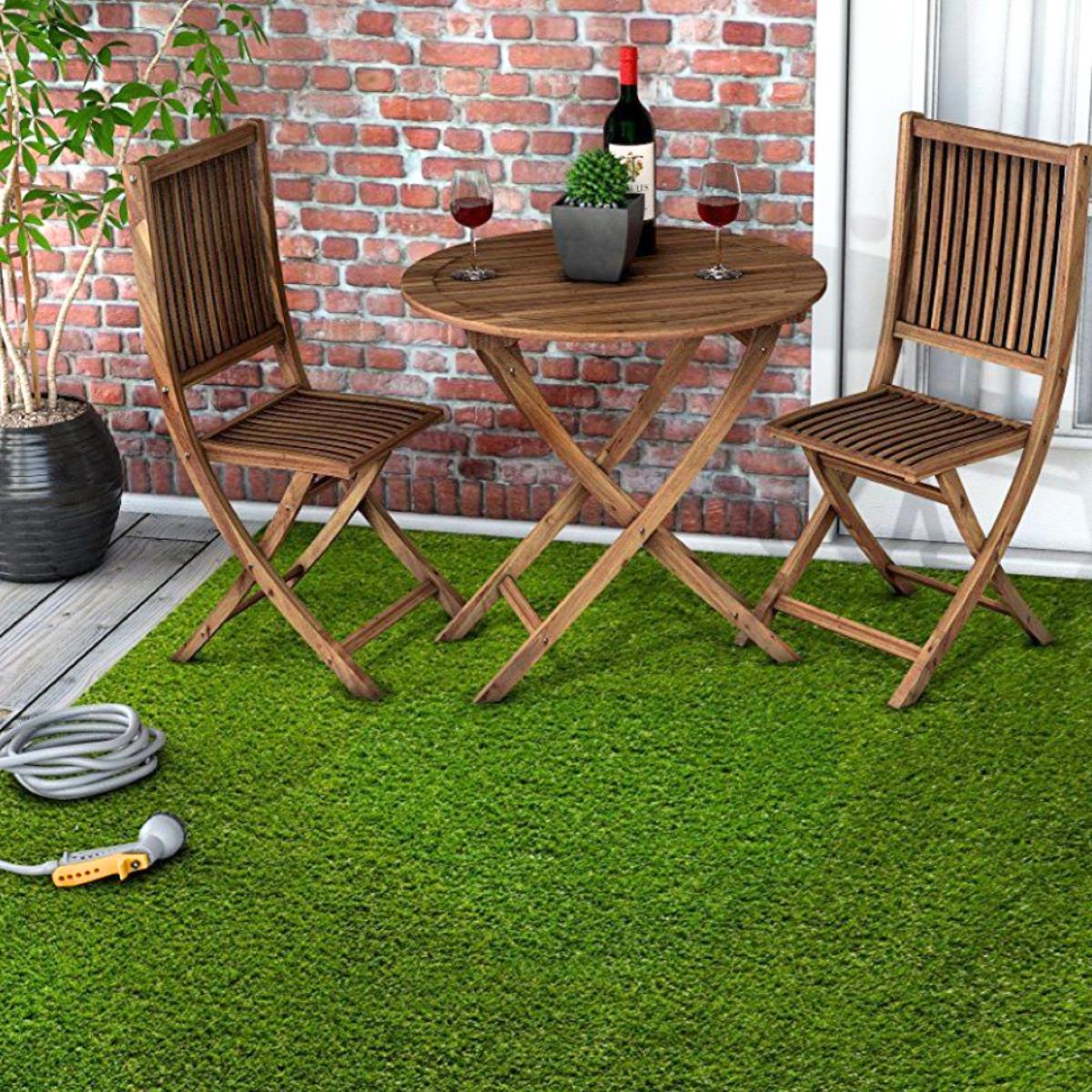
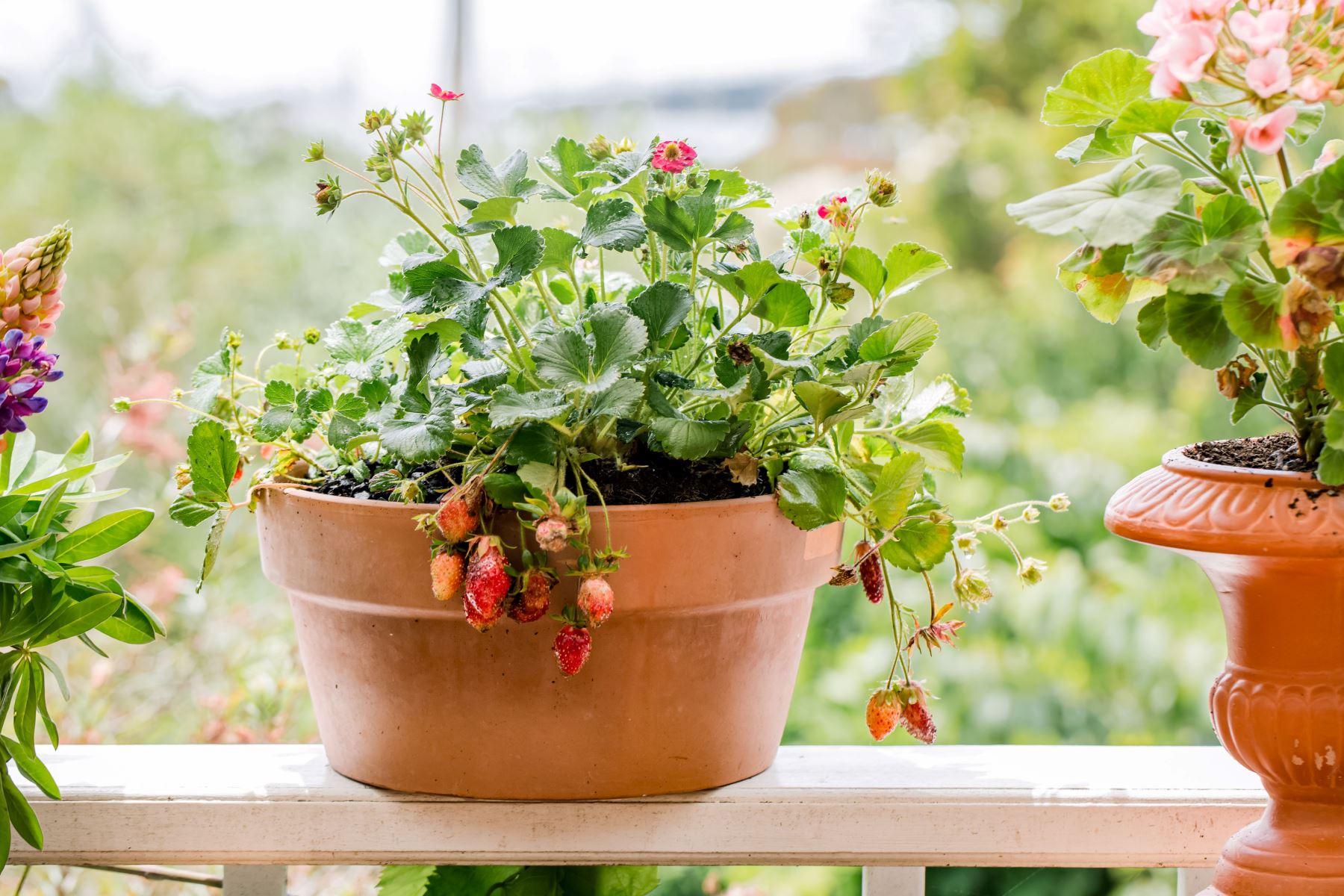

0 thoughts on “How To Plant Artificial Grass Carpet”